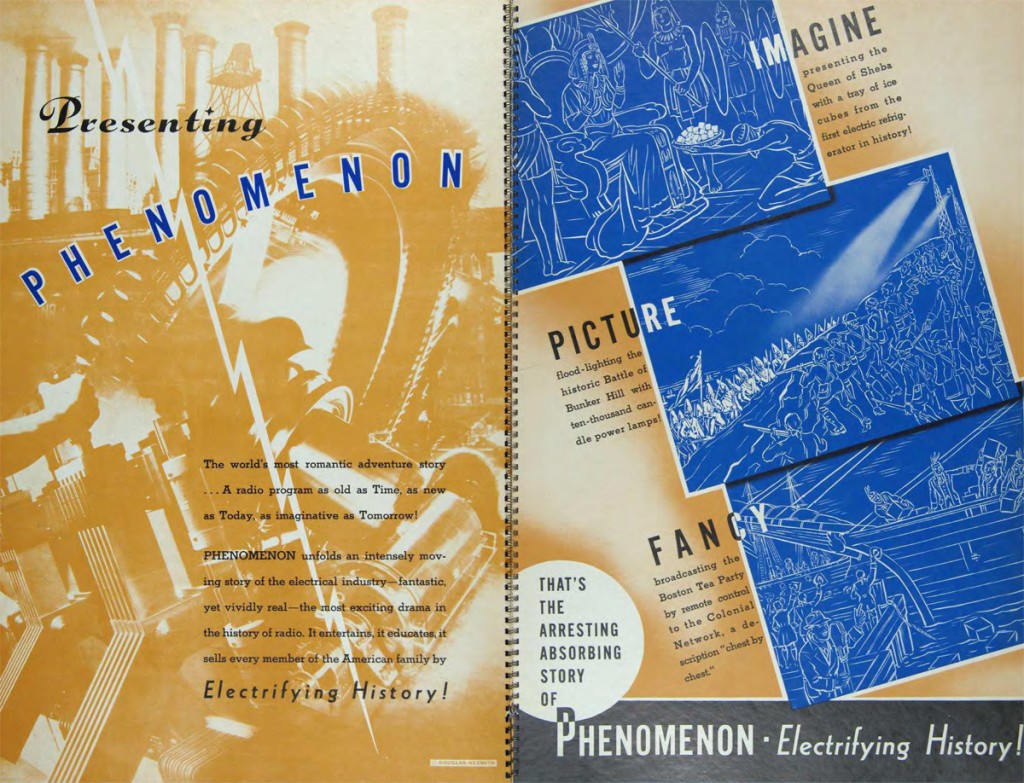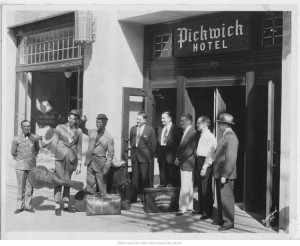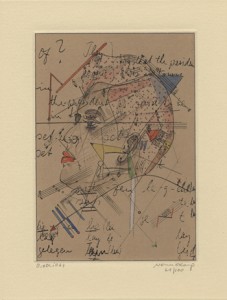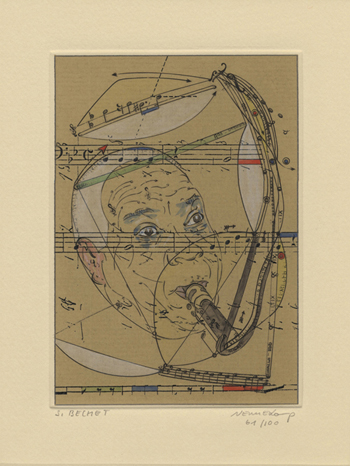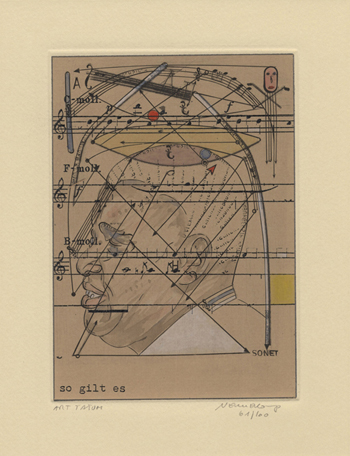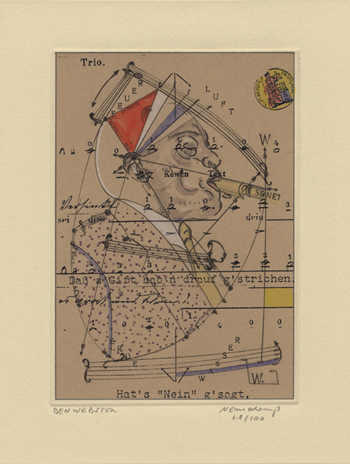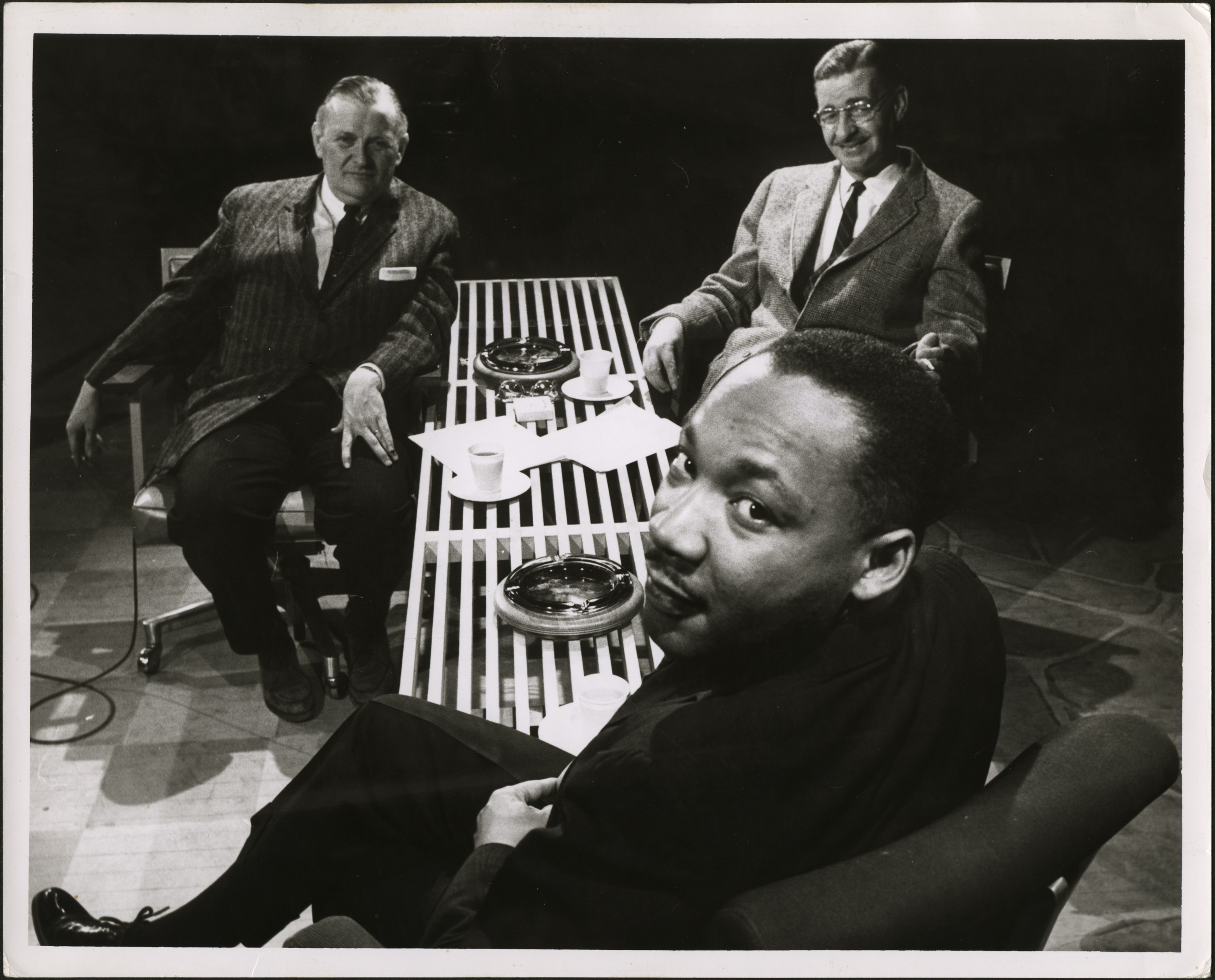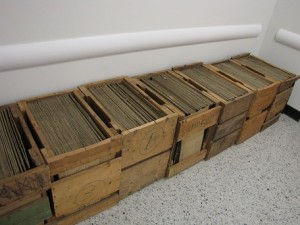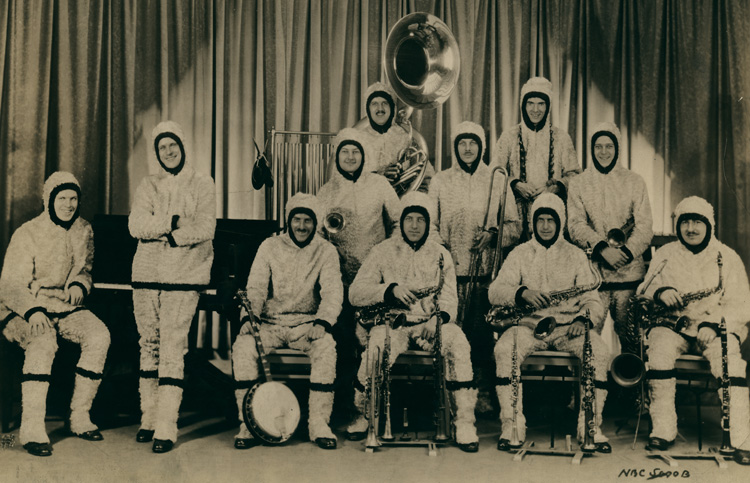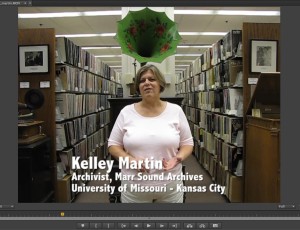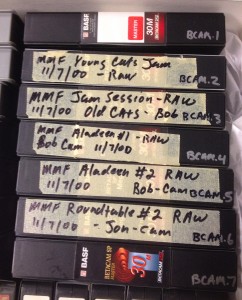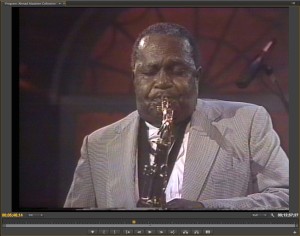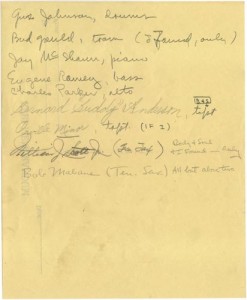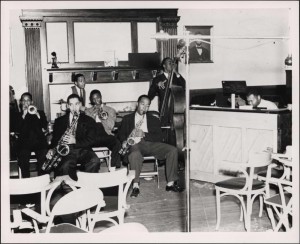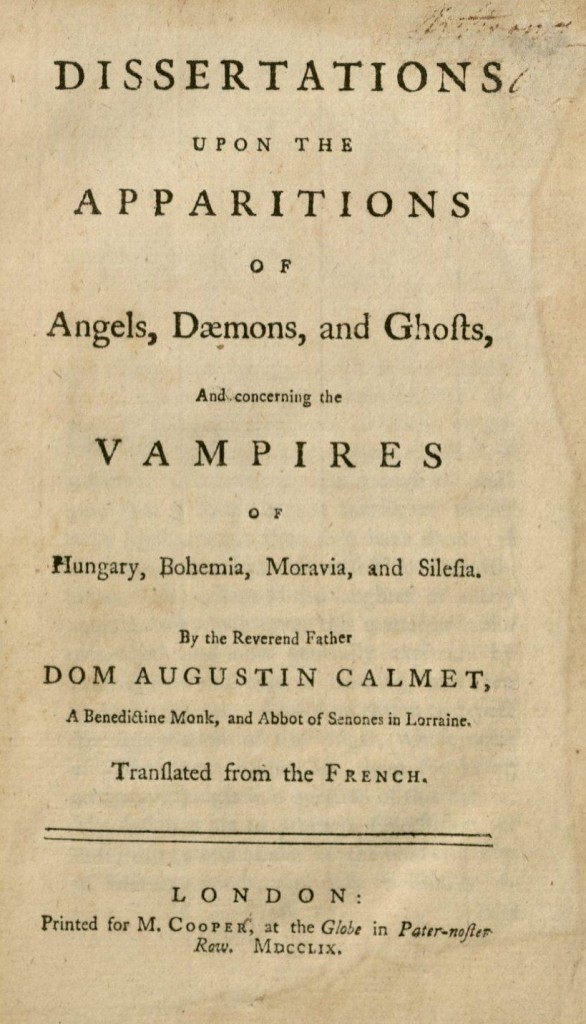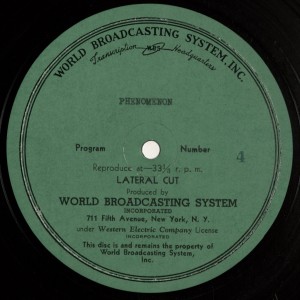
65 episodes of Ted Malone’s radio serial Phenomenon are available to researchers at the Marr Sound Archives via the Arthur B. Church KMBC Radio Collection. Malone’s personal collection of photos, manuscripts, and correspondences is held in LaBudde Special Collections.
“Wanted: a human life. Will pay $1,000.00.”
This is the ad that sends the hero of Phenomenon (story by Ted Malone and offered by Arthur B. Church’s company Midland Broadcasting Company) on the beginning of his many adventures through time.
Time travel is a concept that has been in the public since H. G. Wells first wrote The Time Machine in 1895 and it has been a staple of science-fiction ever since. While today we are constantly hit with the idea (Dr. Who, Back to the Future, Groundhog Day, Interstellar), it was still a fresh concept in the early half of the 20th century. Phenomenon ends up being something between a science-fiction series and a 1930’s time capsule. Buck Rodgers had just made his appearance a few years before, so science-fiction was on the minds of the young and inspired their imaginations.
The modern setting for most of the story takes place in the office of Dr. Light, the inventor of the anachrophone. This is the device that allows the hero of the story, Jerry Powers, to travel back in time by harnessing radio waves. Throughout the show Jerry travels to several locations and historical time periods almost always finding himself in the middle of some major event of that time.
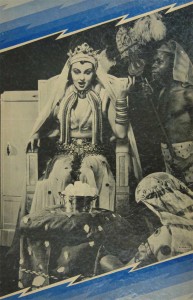
Queen Cleopatra (pictured) appears in episodes 5-7 of Phenomenon, an original KMBC Radio production. Photo Courtesy the Arthur B. Church KMBC Radio Collection at LaBudde Special Collections.
Some examples include Cleopatra’s Egypt, the Salem Witch Trials, the Boston Tea Party, and the building of Solomon’s Temple. Jerry has all the makings of the typical hero. He’s bold, witty, overly confident, and always manages to find his way out of a tight spot. It’s where some of the other characters are involved that you begin to remember you’re listening to a 1930’s radio program.
Dr. Light’s daughter Katherine and their Chinese servant Charlie Wong very much get the stereotypical treatments of the time. Katherine is highly naïve and often treated as a second-class citizen. She is barely in the show for five minutes before you realize her duties are to do chores, flirt with Jerry, and be corrected. She is also very often told by Jerry when she is interrupting his and another male character’s conversation.
[audio: http://info.umkc.edu/specialcollections/wp-content/uploads/2015/02/katherine.mp3|titles=Katherine’s Entrance|artists=Phenomenon Program No. 2]Charlie Wong’s character is nothing short of a racial slur with his fast, hard to understand, and often childish sounding speech. Both remind you of the time in which the show was produced and unfortunately this continues into the introductions when sometimes the announcer will refer to electricity as a maid (or even a slave) who washes, cleans, and cooks for you.
[audio: http://info.umkc.edu/specialcollections/wp-content/uploads/2015/02/Phen_Lincoln_03.mp3|titles=Phenomenon Introduction|artists=Phenomenon Program No. 49]It is important to point out that the main drive behind Phenomenon was to sell electricity to the public, a fact that the Midland Broadcasting Company made no attempt to diminish stating, “It entertains, it educates, it sells every member of the American family” right on the second page of their booklet about the program. This sentiment continues within the program itself almost every time the announcer begins each show often stating how much electricity can and is doing for the home. A more focused look on this aspect is found in Christina Tomlinson’s entry, “Phenomenon: Electrifying history, but not advertisers” on the Labudde Special Collections Blog.
The unfortunate result is that it’s hard to look past these and see the show for what it is at its core. They need to be taken with a grain of salt, however, and seen for what they are: a product of their time. It’s important to step back and try to look past them and listen with the ears of a 1930’s listener. Most of those things were common place and, though unfortunate, wouldn’t have distracted from the show and the program does offer some magical moments; my personal favorites were the pair of episodes that had Jerry Powers walking and talking with Abraham Lincoln through camps during the civil war (episodes 49-50). Phenomenon is not the Doctor and his companions traveling through time and space and righting wrongs but to people of the first half of the 20th century it was most likely an exciting experience and possibly sparked the imaginations of many as science-fiction has continually done.
[audio: http://info.umkc.edu/specialcollections/wp-content/uploads/2015/02/Phen_Lincoln_01.mp3|titles=A story from Abraham Lincoln|artists=Phenomenon Program No. 50]
